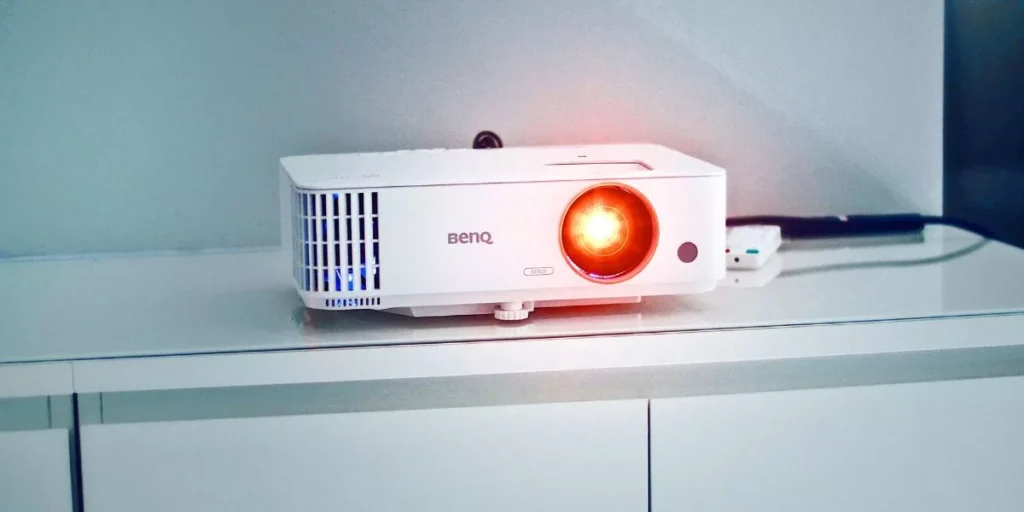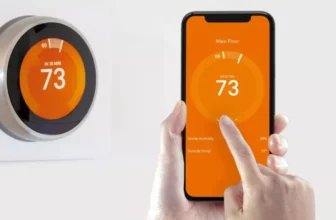
When looking for an office projector tailored for your presentations, focusing on the essentials is key. Picture clarity, versatile connectivity, ease of transport, and optimal brightness levels are all crucial factors to consider. These features work in harmony to elevate your presentation delivery and ensure your audience stays engaged. But what truly makes a projector stand out in an office setting? Let’s explore how these key elements seamlessly blend to create impactful presentations that leave a lasting impression.
Image Quality
When choosing an office projector for presentations, prioritize crisp and vibrant image quality to enhance visual impact and engagement. The clarity of the images projected is crucial for conveying your message effectively to your audience. Look for projectors with high resolution, such as 1080p or higher, to ensure sharp and detailed visuals. Brightness is another key factor to consider; opt for a projector with sufficient lumens to display clear images even in well-lit rooms.
Additionally, color accuracy plays a significant role in creating an immersive viewing experience. Choose a projector that can reproduce colors accurately to make your presentations more engaging and professional. A wide color gamut ensures that the colors in your slides or videos are vivid and true to life.
Furthermore, contrast ratio influences the depth and richness of your visuals. A higher contrast ratio results in better differentiation between light and dark areas, enhancing the overall quality of the image. By prioritizing image quality in your office projector selection, you can captivate your audience and deliver impactful presentations.
Connectivity Options
To ensure seamless integration with various devices, consider the connectivity options available in office projectors for your presentations.
When choosing an office projector, prioritize models that offer a variety of connectivity ports. Look for projectors equipped with HDMI, VGA, USB, and wireless capabilities to accommodate different devices such as laptops, desktop computers, smartphones, and tablets.
HDMI ports are essential for high-definition connections, while VGA ports provide compatibility with older devices. USB ports allow for direct playback of content from flash drives, and wireless connectivity enables convenient screen mirroring and wireless presentations.
Additionally, check if the projector supports Bluetooth connectivity for audio output or remote control functionality. Having multiple connectivity options ensures that you can easily connect your projector to any device without the need for additional adapters or converters, simplifying the setup process and enhancing the overall presentation experience.
Portability and Size
Consider the portability and size of office projectors as key factors when selecting the ideal model for your presentation needs. A compact and lightweight projector is essential for professionals on the go, allowing you to easily transport it between meetings or offices. Look for projectors with a sleek and portable design that won’t weigh you down during your travels. Opting for a smaller projector also means it will take up less space in your briefcase or backpack, leaving room for other important materials.
Additionally, the size of the projector can impact the quality of the presentation. A smaller projector may have limitations in terms of brightness and resolution compared to larger models. However, advancements in technology have made it possible to find compact projectors that deliver excellent image quality despite their size. Consider your specific presentation requirements to strike the right balance between portability and performance when choosing an office projector.
Brightness and Contrast
For optimal presentation quality, ensure the brightness and contrast levels of your office projector are suitable for your needs. Brightness is crucial as it determines how well your audience can see the content displayed. Look for projectors with at least 3000 lumens for well-lit rooms and 5000 lumens or more for brighter environments or larger screens. A high contrast ratio is equally important as it enhances the clarity and depth of the images. Aim for a contrast ratio of 1000:1 or higher to ensure sharp details and vibrant colors.
Adjusting the brightness and contrast levels according to the ambient light conditions can significantly impact the visibility and overall impact of your presentations. Too low brightness may result in a washed-out image, while inadequate contrast can make the content appear flat and dull. Experiment with different settings to find the optimal balance that suits your specific presentation environment and content requirements.
Trending Products
























